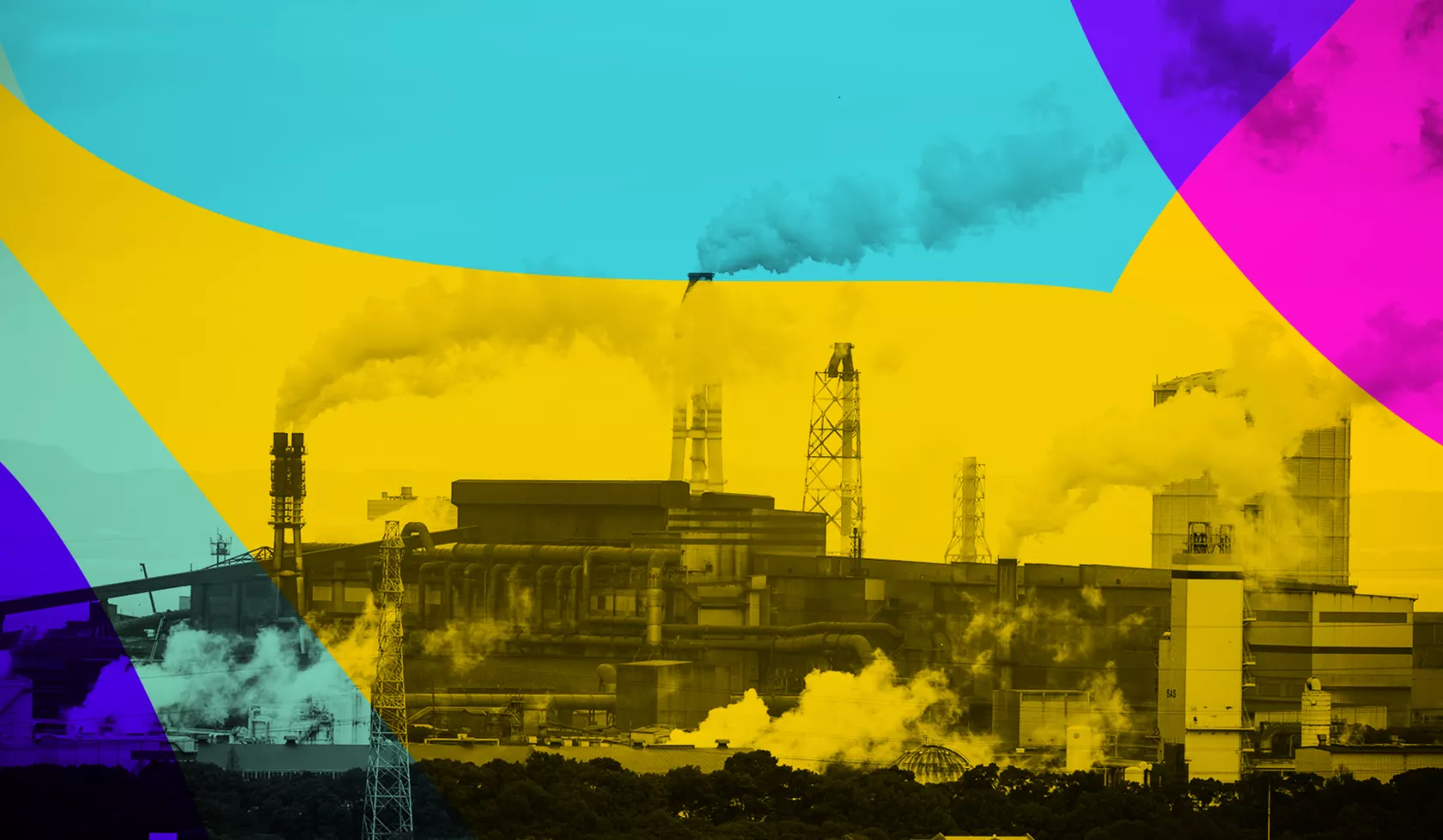
What Do Clean Air, COVID-19, and Earth Day Mean to Me? - Kentucky State Conference

Marcus Ray - Kentucky State Conference President
Earth Day, celebrated every April 22nd, raises awareness of the negative impact humans have had on the planet as a whole. Activities are planned around the Commonwealth to celebrate individual and group efforts, highlighting accomplishments that have or will positively impact Kentucky. However, in 2020, there will be little celebration due to the ravenous virus that has swept our nation.
Kentucky has a population of around 4.5 million, with 120 counties. The African American population makes up 8 percent or 350,000. The largest cities are Lexington, a population of 321,000 with 4.5 percent African Americans, and Louisville, a population of 800,000 with 23 percent African Americans.
Reasons to celebrate:
In 2008, 94 percent of Kentucky's electricity came from coal. Today, that's closer to about 75 percent. The use of natural gas for power generation has increased from, about 1 percent to 18 percent of the state's energy mix from 2008 to 2018.
While LG&E (Louisville Gas & Electric) and KU (Kentucky Utilities) power plant emissions have been reduced over the years, the company's long-term plans and new emissions controls are even more efficient. As a result, from 1998 to 2017 across the company's power plant fleet, levels of sulfur dioxide emissions have decreased by 93 percent; nitrogen oxide emissions by 80 percent; and particulate matter decreased by 80 percent. Since 2000, when the utility industry began reporting mercury emissions, these rates decreased by 90 percent. The utilities' actions combined will decrease long-term carbon dioxide emissions.
However, there are still 12 coal-fired power plants in Kentucky. Utilities are incentivized to get a return on their investments before retiring. The longer the coal plants operate, the more carbon is released into the atmosphere, a bigger risk.
Across the state, according to the Public Service Commission (PSC), most of the coal generation that's retired has been replaced by natural gas. It doesn't necessarily mean coal's days are over. Solar and wind energy generation is expected to outpace natural gas this year across the country, but not in Kentucky.
In 2003, an air toxic study by the West Jefferson County Community Task Force (WJCCTF) called the West Louisville Air Toxic Study (WLATS) revealed levels of emissions exceeding EPA standards violating the Clean Air Act. In Louisville alone, there is a 12 chemical facility complex called Rubbertown responsible for 40 percent of all emissions in Louisville and 14 percent in Kentucky, located a mile from an environmental justice community. Ozone non-attainment adds to the disparity. Neighbors of the complex include a wastewater facility and a utility plant.
In 2005, from the results of the WLATS, Louisville developed a program called STAR (Strategic Toxic Air Regulations) that has reduced 1.3 Butudiene by 85 percent, Benzene by 65 percent and other chemicals to levels undetectable over a 10 year period. The program's regulations, under the auspices of the Louisville Air Pollution Control District (APCD), have been instrumental in lowering exposures.
So yes, there are things to recognize and celebrate.
The KY NAACP has:
- Met with, presented and submitted a request to the Public Service Commission, overseer of utility rates, to maintain reasonable rates for low-income families when planning rate increases.
- Authored two resolutions, one to include an environmental justice component when assessing permits for all construction and environmental projects within the Commonwealth, and two, a plan for PSC rate configurations to maintain affordable rates for low-income families. Both were presented to the Kentucky Energy and Environment Cabinet.
- Partnered with the WJCCTF in 2018 and 2019 sponsoring a one-day environmental justice workshop. The theme in 2019 was "Climate Change".
For over 40 years, the residents in west Jefferson County in Louisville, predominantly African-American, have suffered from higher death rates and complications from cancer, diabetes, heart disease, asthma, upper respiratory disease, and high blood pressure, associated with living in close proximity to the Rubbertown Complex. Additionally, there is a lack of equal health access characterized by inequities. People of color are more likely to be uninsured or underinsured, substitute hospital emergency rooms for primary care physicians, or be denied medical needs due to cost. This results in unnecessary suffering from preventable health conditions.
The coronavirus is disproportionately spiking in Black and Brown communities. We mention this in the same breath as environmental justice and environmental racism because "People with COVID-19 who live in U.S. regions with high levels of air pollution, such as ours, are more likely to die from the disease than people who live in less polluted areas", according to a new nationwide study from Harvard T.H. Chan School of Public Health.
We can discuss and rollover all mitigating circumstances that separate and define disparities of which we are already aware. In times like these, they are maximized. So what are we going to do? Write a policy to standardize equal treatment. The rules are already in place - it's the consequences for not adhering to the rules that cause unnecessary suffering. Everything is tied to money and funding. I think I might have found a simple answer.
Submitted by Marcus Ray, Kentucky Chair, NAACP
Authored by Arnita Gadson, Kentucky Chair, ECJ Committee
